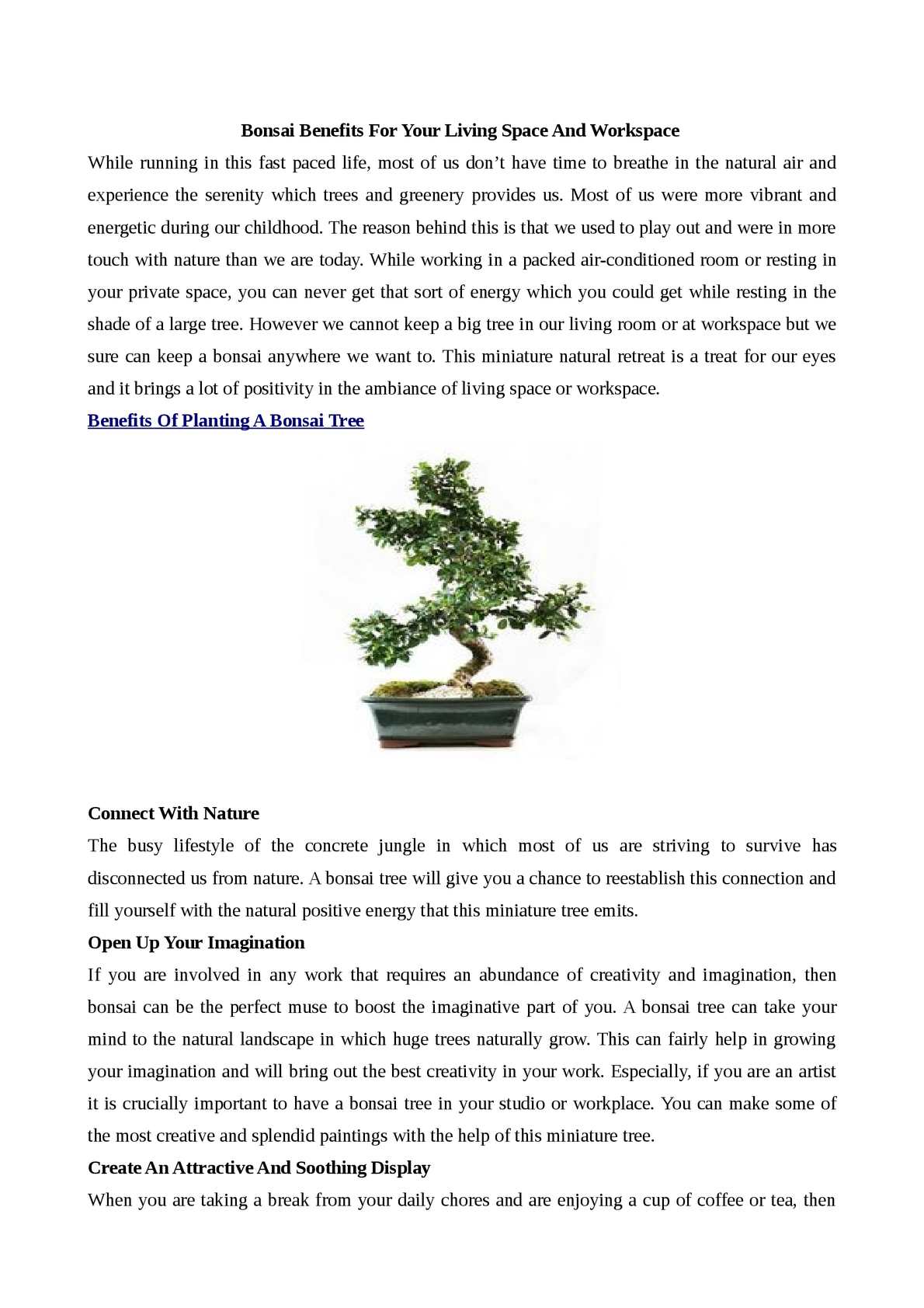In this article, you will explore the ongoing debate between vertical gardening and traditional gardening, helping you determine which method suits your gardening style best. Whether you have limited space or want to add a unique touch to your garden, vertical gardening may be the ideal choice for you. On the other hand, if you prefer a more conventional approach with ample ground space and physical accessibility, traditional gardening might be the better fit. By weighing the advantages and disadvantages of both techniques, you’ll be able to make an informed decision and create a thriving garden that aligns with your preferences.
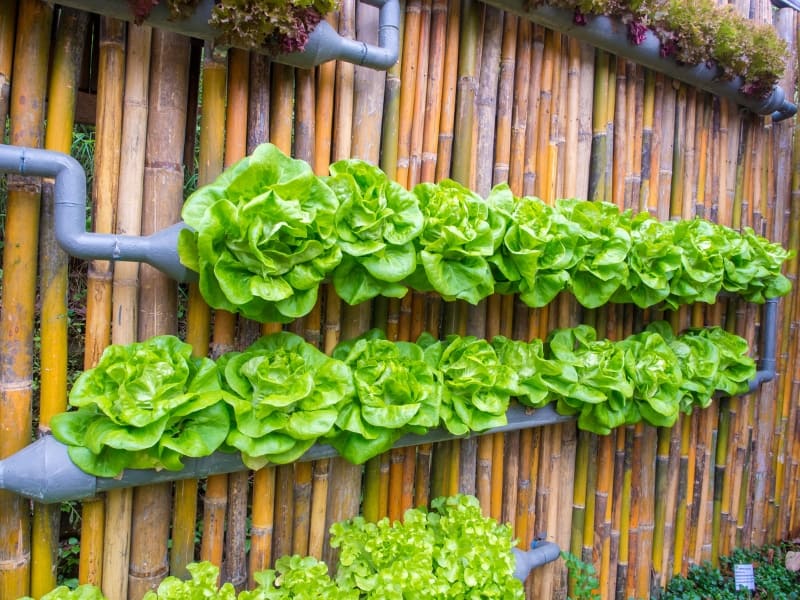
This image is property of northernnester.com.
Space Requirements
Vertical gardening
Vertical gardening is a great option for those with limited outdoor space. It allows you to make the most of your available space by growing plants vertically, either on walls or in specially designed structures. This means that even if you only have a small balcony or a tiny backyard, you can still enjoy the benefits of gardening. Vertical gardening can also be a solution for urban dwellers who don’t have access to a traditional garden.
Traditional gardening
Traditional gardening, on the other hand, requires a larger space, typically a patch of land where you can plant your crops. This means that you need to have a backyard or access to a community garden to pursue traditional gardening. It offers the advantage of being able to plant a wider variety of plants, but it does require more room and may not be suitable for those with limited space.
Types of Plants
Vertical gardening
When it comes to vertical gardening, you have a wide range of options for the types of plants you can grow. Many vegetables, flowers, and herbs can thrive when grown vertically. You can grow vining plants like tomatoes, cucumbers, and beans, as well as other plants with trailing or cascading growth habits. Some popular choices for vertical gardening include strawberries, lettuce, and herbs like mint, basil, and thyme.
Traditional gardening
In traditional gardening, you have the freedom to choose from a wide variety of plants, including both vegetables and flowers. You can grow plants that have extensive root systems and need more space to spread out. Traditional gardening allows you to grow larger plants like corn, pumpkins, and sunflowers, which may not be suitable for vertical gardening due to their size and growth habit.
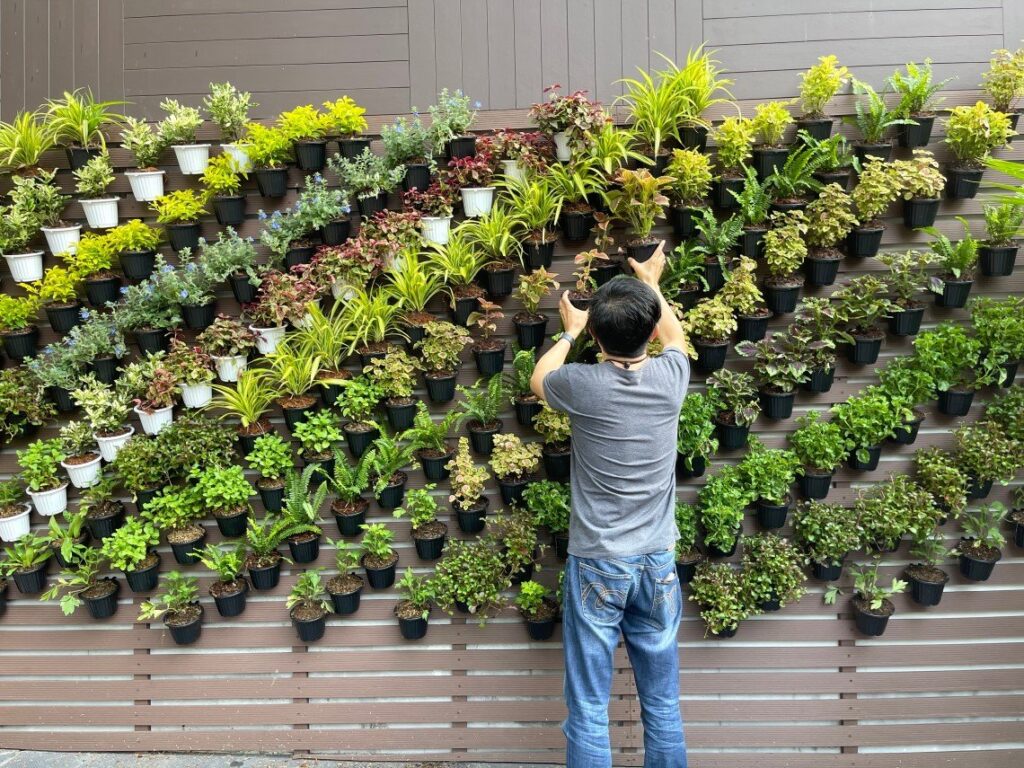
This image is property of www.gardenstead.com.
Watering
Vertical gardening
Watering vertical gardens can be a bit more challenging compared to traditional gardening. Since the plants are growing vertically, it’s important to ensure that water reaches all parts of the plants effectively. Some vertical gardening systems come with built-in irrigation systems or drip lines to simplify the process. It’s crucial to monitor the moisture levels and adjust your watering schedule accordingly to prevent waterlogging or drying out of the plants.
Traditional gardening
In traditional gardening, watering is generally more straightforward. You can use a watering can or a hose to water the plants directly at the base. The water will naturally trickle down into the soil, reaching the roots of the plants. However, it’s essential to water thoroughly and avoid shallow watering, which can result in weaker root systems.
Light Exposure
Vertical gardening
The amount of light exposure for vertical gardens will depend on their location. If you’re growing your vertical garden indoors, you’ll need to ensure that the plants receive sufficient light. Placing your vertical garden near a window or using grow lights can help compensate for the lack of natural sunlight. However, keep in mind that certain plants may still struggle to thrive if they don’t receive the required amount of light.
Traditional gardening
In traditional gardening, plants are typically grown in direct sunlight, allowing them to receive the full spectrum of natural light. This means that as long as your garden is in an open area, the plants will have optimal light exposure throughout the day. However, it’s important to consider shade requirements for specific plants and create shaded areas if needed.
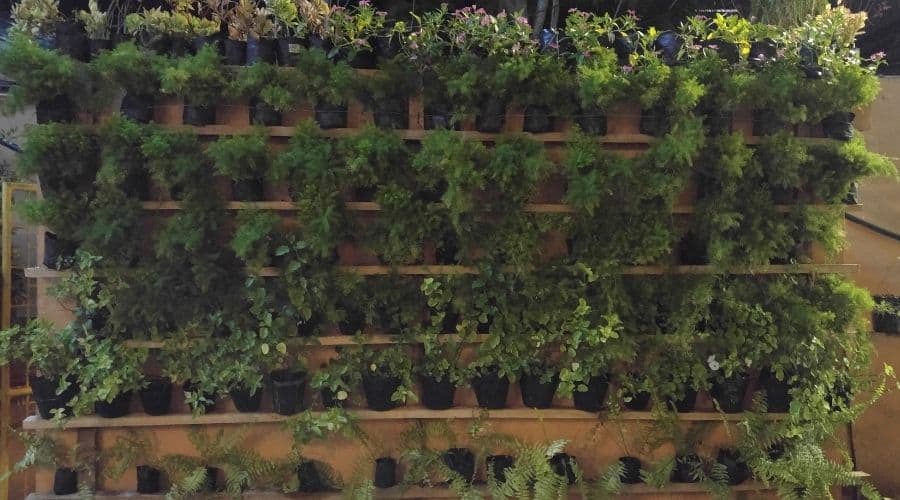
This image is property of simplifygardening.com.
Soil and Nutrients
Vertical gardening
Vertical gardens often use a growing medium other than traditional soil, such as coco coir, peat moss, or perlite. These lightweight alternatives allow for better drainage and aeration in vertical gardening systems. Additionally, you will need to regularly monitor and replenish the nutrients in the growing medium, as the plants’ roots are confined to a smaller space.
Traditional gardening
In traditional gardening, you have more flexibility in choosing the type of soil. You can amend the soil to create the perfect growing conditions for your plants and ensure they have access to the necessary nutrients. Additionally, traditional gardening allows for the use of compost and other organic matter to improve the soil’s fertility over time.
Maintenance
Vertical gardening
Vertical gardening requires regular maintenance to ensure the plants remain healthy and productive. You will need to monitor the moisture levels, prune the plants to promote growth, and regularly check for pests or diseases. Additionally, some vertical gardening systems may require periodic cleaning or replacement of the growing medium.
Traditional gardening
Like any garden, traditional gardening also requires regular maintenance. This includes tasks such as watering, weeding, pruning, and pest control. It’s essential to stay on top of these tasks to ensure the plants stay healthy and the garden remains productive.
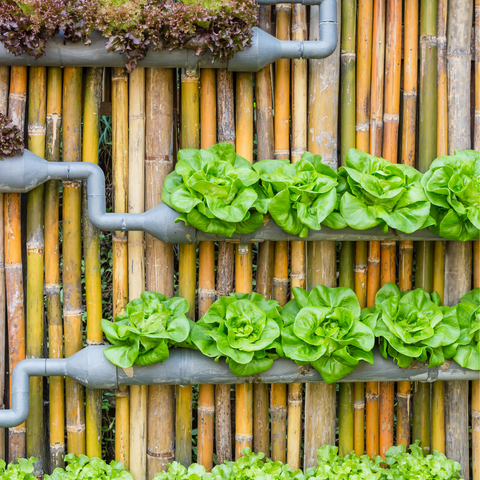
This image is property of cdn.shopify.com.
Cost
Vertical gardening
The cost of vertical gardening can vary depending on the system you choose. Some vertical gardening systems can be more expensive upfront, especially if they include built-in irrigation or high-quality materials. However, vertical gardening can also help you save money in the long run by reducing water usage and maximizing space efficiency.
Traditional gardening
Traditional gardening can have initial costs, such as purchasing tools, seeds, and soil amendments. However, once you have established your garden, the ongoing costs are generally lower, especially if you save seeds from your own plants. Traditional gardening also allows for the use of compost and other organic materials, which can be created for free or at a minimal cost.
Aesthetics
Vertical gardening
Vertical gardens can be visually stunning and add a unique touch to any space. They can transform plain walls into vibrant displays of greenery, creating a sense of depth and visual interest. Vertical gardening also offers the advantage of being able to grow plants at eye level, allowing you to appreciate their beauty up close.
Traditional gardening
Traditional gardens have their own charm, with rows of plants arranged in a natural and organized manner. These gardens often create a sense of serenity and can be a place to relax and connect with nature. Additionally, the variety of plants and colors in a traditional garden can create a visually appealing landscape.
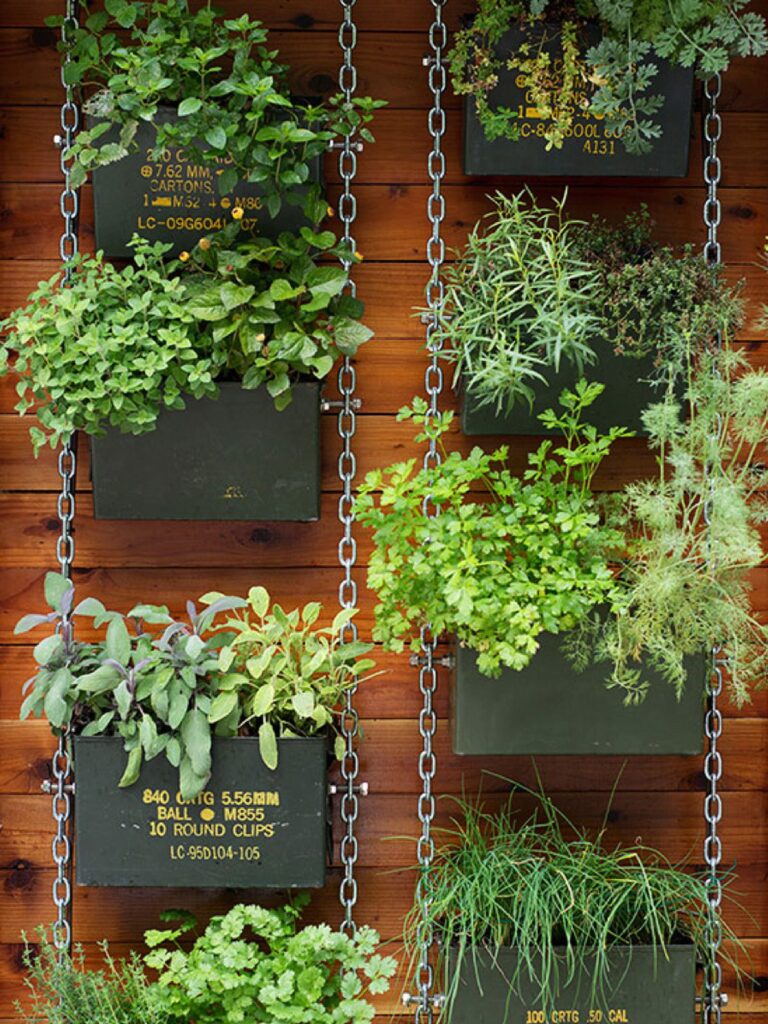
This image is property of www.bhg.com.
Harvesting
Vertical gardening
Harvesting plants from a vertical garden can be more convenient compared to traditional gardening. Since the plants are grown at eye level, you can easily reach and pick the fruits, vegetables, or herbs without bending or kneeling. This feature is particularly advantageous for individuals with mobility issues or those who prefer a more accessible gardening experience.
Traditional gardening
In traditional gardening, harvesting may require more physical effort, as you often need to stoop, kneel, or reach into the ground to access the produce. However, the abundance of space in a traditional garden allows for larger harvests and the ability to grow crops that require more room to spread out, such as potatoes or melons.
Environmental Impact
Vertical gardening
Vertical gardening can have a positive environmental impact. By maximizing space usage, vertical gardens help reduce urban heat islands and promote air circulation. They can also contribute to cultivating biodiversity by providing habitats for beneficial insects and birds. Additionally, vertical gardening often requires less water compared to traditional gardening, making it a more sustainable choice.
Traditional gardening
Traditional gardening can also have environmental benefits, especially when organic practices are employed. By avoiding the use of synthetic pesticides and fertilizers, traditional gardens support biodiversity and contribute to the health of the local ecosystem. Additionally, traditional gardening provides opportunities for composting, which reduces waste and enriches the soil naturally.
In conclusion, both vertical gardening and traditional gardening have their own unique advantages and considerations. If you have limited space or prefer a more accessible gardening experience, vertical gardening might be the right choice for you. On the other hand, if you have ample space and enjoy the variety of plants that traditional gardening offers, it may be a more suitable option. Consider your personal preferences, available resources, and the type of plants you wish to grow when deciding which gardening method is right for you. Happy gardening!






